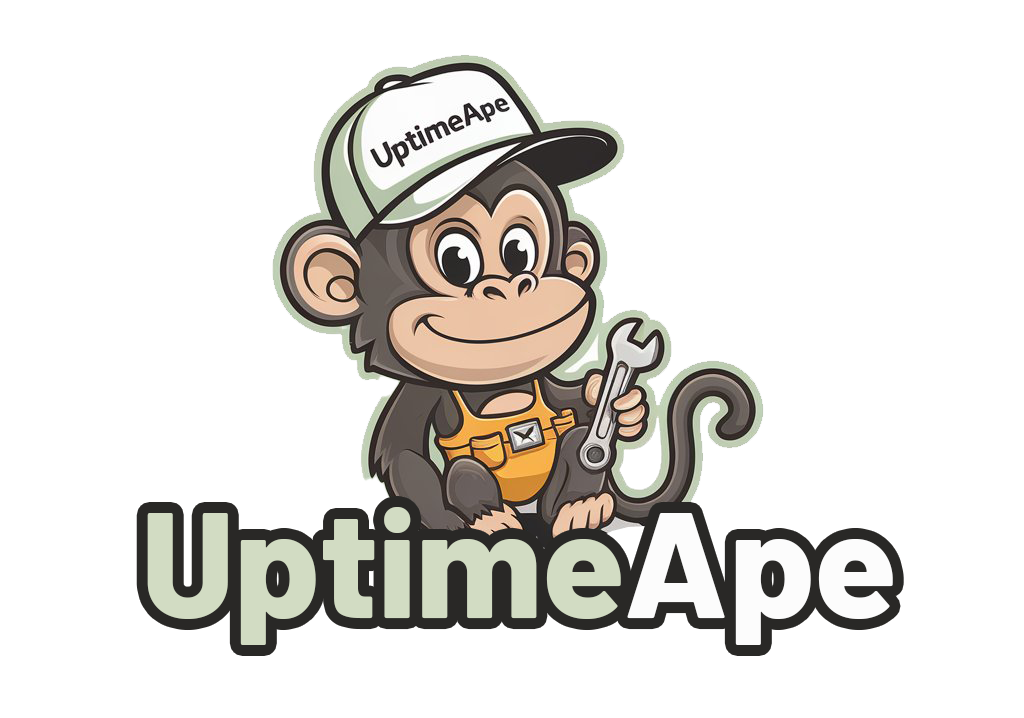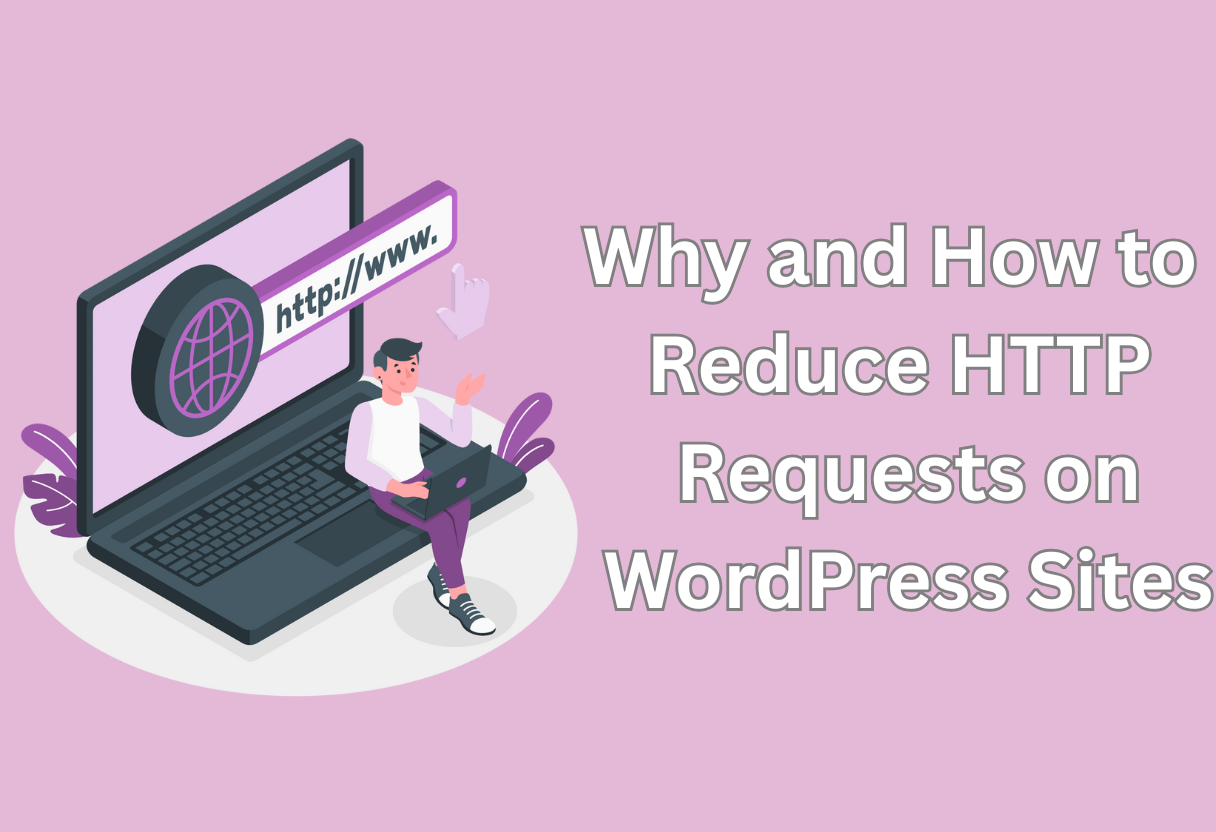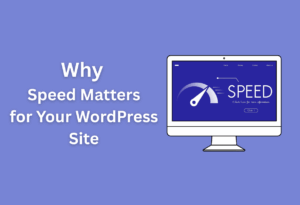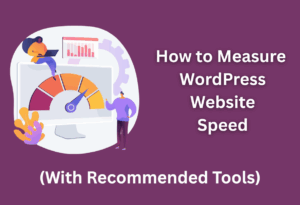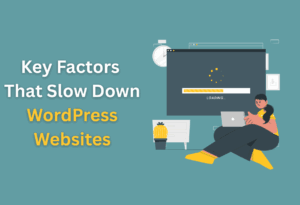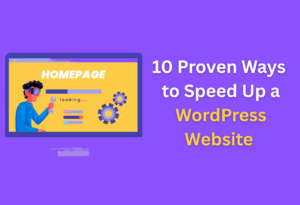This guide will help you understand why reducing HTTP requests on your WordPress site is crucial for improving performance and user experience. By minimizing the number of requests, you can significantly speed up your website, which can lead to better search engine rankings and increased visitor satisfaction. In the following sections, you’ll discover effective strategies to reduce unnecessary HTTP requests, ultimately enhancing your site’s efficiency and loading times. Let’s get started on optimizing your WordPress site today!
Understanding HTTP Requests
The performance of your WordPress site largely depends on how efficiently it handles HTTP requests. These requests are the building blocks of communication between your web browser and the server hosting your website. With a basic understanding of HTTP requests, you can better appreciate their impact on your site’s speed and overall user experience.
What are HTTP Requests?
To put it simply, HTTP requests are messages sent from your browser to a server requesting specific resources, such as HTML, CSS, JavaScript files, images, and more. Each resource your website needs to load requires a separate HTTP request, which cumulatively affects your site’s loading time.
The Importance of Reducing HTTP Requests
Any website owner aiming for optimal performance should focus on reducing HTTP requests. Fewer requests generally lead to faster loading times, enhancing the overall user experience. In a world where users expect immediate results, minimizing these requests can significantly influence your site’s success.
With fewer HTTP requests, your web pages load faster, which can lead to lower bounce rates and improved user engagement. Additionally, search engines consider load time when ranking pages, meaning that a faster site can boost your visibility and traffic potential.
Factors Affecting HTTP Requests
An array of factors can influence the number of HTTP requests your site makes. These include the number of resources utilized on a page, the use of external scripts, and the overall design of your website. Here are some key factors to consider:
- The number of images and videos on your pages
- The use of third-party plugins and scripts
- Your theme’s design complexity
- The inclusion of fonts and other assets
After reviewing these factors, you can better assess which elements may need optimization.
Affecting the number of HTTP requests requires you to evaluate your website’s architecture critically. By identifying and streamlining unnecessary resources, you can optimize performance. Consider these additional factors that might add to your HTTP request count:
- The presence of social media widgets
- External libraries and frameworks
- Header and footer scripts
- The overall complexity of your layout
After implementing these considerations, you will be well on your way to creating a more efficient WordPress site.
How HTTP Requests Impact Site Performance
You may not realize it, but the number of HTTP requests your WordPress site sends can significantly affect its overall performance. Each request aggregates to your site’s load time, which can impact how users perceive and interact with your website.
Load Time and User Experience
Even a few extra seconds in load time can lead to higher bounce rates and a decrease in user satisfaction. Visitors expect fast, responsive sites, and delays can frustrate them, ultimately causing them to leave before engaging with your content.
SEO Implications
HTTP requests directly influence your site’s SEO performance. Search engines consider site speed as a ranking factor, meaning too many requests can hinder your visibility in search results.
With slower loading times, your site may receive lower scores from tools like Google PageSpeed Insights, negatively impacting your overall SEO strategy. This can lead to reduced organic traffic and fewer conversions, making it imperative to optimize your HTTP requests for better performance.
The Effect on Server Resources
Little do many website owners understand that high numbers of HTTP requests can strain your server resources. Each request consumes bandwidth and processing power, which can slow down not just your site, but also others hosted on the same server.
Requests that pile up can lead to server overload, resulting in timeouts and degraded performance across your website. This can ultimately affect your users’ ability to access your content seamlessly, highlighting the importance of reducing unnecessary requests on your WordPress site.
Tips for Reducing HTTP Requests on WordPress Sites
Unlike other content management systems, WordPress can sometimes accumulate excessive HTTP requests, which may slow down your website. Reducing these requests is vital for enhancing performance. Here are some effective tips to minimize HTTP requests on your WordPress site:
- Minimize Plugins Usage
- Combine CSS and JavaScript Files
- Optimize Images and Media Files
- Use CDN (Content Delivery Network)
- Leverage Browser Caching
After implementing these strategies, you will notice improved loading times and a better user experience.
Minimize Plugins Usage
Any WordPress site benefits from streamlined functionality. By using fewer plugins, you reduce the number of HTTP requests generated by these additional resources. Evaluate your current plugins and remove any that are unnecessary or redundant to keep your site running smoothly.
Combine CSS and JavaScript Files
Files that are loaded separately can lead to an increased number of HTTP requests. You can minimize requests by combining multiple CSS and JavaScript files into single files. This process significantly reduces loading time while maintaining the full functionality of your site.
Usage of tools and plugins specifically designed for minification and concatenation can facilitate the merging of scripts and styles. This not only reduces HTTP requests but also enhances load times by minimizing the file sizes through compression.
Optimize Images and Media Files
If your website relies heavily on images and videos, optimizing these media files is crucial. Large media files can slow down your site and contribute to high HTTP requests, so make sure to compress them without losing quality.
Reducing the file size of images and media formats can greatly decrease the number of bytes transferred and consequently improve loading speed. Using appropriate formats and tools to optimize these files can drive better performance and user satisfaction.
Use CDN (Content Delivery Network)
Combine multiple server locations to deliver your site’s content more efficiently with a CDN. This technology allows your website to serve resources from the nearest server to the user, minimizing loading times and HTTP requests.
Minimize latency and enhance user experience by using a CDN, as it spreads the load across multiple servers. This also ensures that your site remains operational even during traffic spikes, providing a consistent experience for all users.
Leverage Browser Caching
Delivery speed is significantly enhanced when you optimize browser caching. By instructing users’ browsers to store certain files locally, you reduce the number of HTTP requests needed for returning visitors.
Content that’s cached on the user’s browser can be retrieved quickly, creating a seamless experience while reducing the load on your server. This practice not only improves response time but also decreases bandwidth consumption across your site.
How to Assess HTTP Requests on Your WordPress Site
Despite the importance of optimizing your website’s performance, many WordPress site owners overlook the significance of assessing HTTP requests. By evaluating these requests, you can identify areas for improvement that will enhance your site’s speed and efficiency, leading to a better user experience and potentially higher search engine rankings.
Tools for Monitoring HTTP Requests
Requests to your site can be monitored using various tools like Google PageSpeed Insights, GTmetrix, and Pingdom. These tools analyze your website and provide detailed reports on how many HTTP requests are being made, what resources are being called, and how they impact your site’s loading time. Using these tools gives you a clear picture of how effectively your website delivers content.
Analyzing Request Data
Assessing the data gathered from your monitoring tools is crucial for understanding the nature of your HTTP requests. Dive into the specifics, such as the number of requests for scripts, stylesheets, and images. This information helps you pinpoint which elements are contributing to the load on your server and slowing down your site.
This analysis allows you to make informed decisions about which resources to optimize or eliminate. For example, if you discover an excessive number of image requests, you might consider compressing images or utilizing lazy loading techniques to improve loading performance. Understanding the flow of data requests empowers you to streamline your website effectively.
Identifying High-Impact Areas
Tools will also assist you in identifying high-impact areas where you can significantly reduce request load. By focusing on elements that generate the most requests, you can prioritize your optimization efforts for the greatest effect on performance.
Understanding which resources are leading to the highest number of HTTP requests is vital for effective optimization. Examine your plugins, theme files, and third-party libraries to determine what might be contributing to the load. By targeting these high-impact areas, you can implement strategies to minimize requests and enhance your site’s responsiveness, leading to a more enjoyable experience for your visitors.
Implementing Best Practices for WordPress Optimization
Your WordPress site’s performance is directly influenced by the choices you make during setup and maintenance. By implementing best practices for optimization, you can mitigate HTTP requests, enhance loading times, and improve user experience.
Choosing the Right Theme
Some themes are inherently more optimized for performance than others. When dicking out a theme for your WordPress site, prioritize lightweight and streamlined designs that focus on imperative features, avoiding bloated options that include unnecessary functionalities.
Defer Loading of Non-Essential JavaScript
Choosing to defer loading non-imperative JavaScript files can significantly enhance your site’s initial loading speed. By postponing the loading of scripts that are not immediately needed, your site can render content faster, improving user experience and reducing the perceived load time.
Minifying HTML, CSS, and JavaScript
Theme optimization can be achieved by minifying your HTML, CSS, and JavaScript files. This process involves removing unnecessary characters, comments, and whitespace, leading to smaller file sizes and quicker loading times.
With minification, your website can load more efficiently since browsers pull fewer bytes over the network. This improvement not only accelerates load times but also reduces the number of HTTP requests, fostering a smoother browsing experience.
Regular Maintenance and Updates
Updates play a vital role in ensuring your site’s performance remains optimal. Regularly updating your WordPress core, themes, and plugins not only enhances security but often includes improvements that can help reduce HTTP requests and streamline operation.
Loading your site with outdated software can result in bloat from legacy code and inefficient scripts. By maintaining a schedule for regular updates, you keep your site running smoothly and in alignment with the latest performance best practices.
Advanced Techniques for HTTP Request Reduction
To further enhance the performance of your WordPress site, you can implement advanced techniques for reducing HTTP requests. These strategies can lead to faster load times and an improved user experience.
- Optimize images by using formats like WebP and employing lazy loading.
- Utilize CSS sprites to combine multiple images into a single file.
- Leverage browser caching to store frequently accessed resources.
- Use content delivery networks (CDNs) to serve your site’s resources closer to your visitors.
- Minimize the number of external fonts and scripts you use.
- Combine JavaScript and CSS files to reduce the number of requests.
| Technique | Description |
|---|---|
| Image Optimization | Reducing size and using modern formats enhances loading speed. |
| CSS Sprites | Combining multiple images reduces the number of HTTP requests. |
| Browser Caching | Enabling caching allows resources to be saved, avoiding repeated requests. |
| Content Delivery Networks | CDNs distribute content globally to serve users faster. |
| Minimize external fonts | Limiting the use of fonts also cuts down on HTTP requests. |
| Combine files | Merging files reduces the overall number of requests. |
HTTP/2 Protocol Considerations
Even if you optimize your site effectively, transitioning to HTTP/2 can significantly enhance performance. This new protocol allows multiple requests and responses to be sent simultaneously over a single connection, reducing latency. If your server supports it, enabling HTTP/2 can greatly improve your site’s loading speed, even with many requests.
Asynchronous Loading Strategies
For improving load times, you can implement asynchronous loading for JavaScript files. This method allows the browser to continue rendering the rest of the page while waiting for JavaScript files to load, minimizing the perceived load time. By deferring non-vital scripts, your vital content can be prioritized for the user’s immediate view.
This approach can improve user experience significantly, as it prevents long blocks of loading. Tools like defer and async attributes in script tags will help you identify which scripts can be loaded asynchronously. This can particularly be beneficial for larger or less critical scripts, helping your site feel faster and more responsive.
Splitting Large Files for Performance
Considerations around file size are key for reducing HTTP requests. Large files, especially media files, can slow down your website’s load time. Splitting these files into smaller, more manageable pieces can help maintain fast loading speeds while ensuring that quality is not compromised.
Large files can be segmented into smaller parts, making them quicker to download and easier for your server to manage. For example, instead of a full-size video, consider serving it in clips or reducing image resolution while maintaining quality. This ensures that users can access content swiftly, which is vital for retaining engagement on your site.
Summing up
Now that you understand the importance of reducing HTTP requests on your WordPress site, you can implement strategies such as consolidating files, using CSS sprites, and employing caching plugins to enhance your site’s performance. By streamlining your requests, you’ll not only improve page load times but also create a better user experience for your visitors. Regularly auditing your site can help you identify unnecessary requests and optimize your content effectively. Start making these changes today to see significant improvements in your site’s speed and efficiency.
